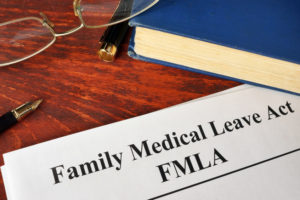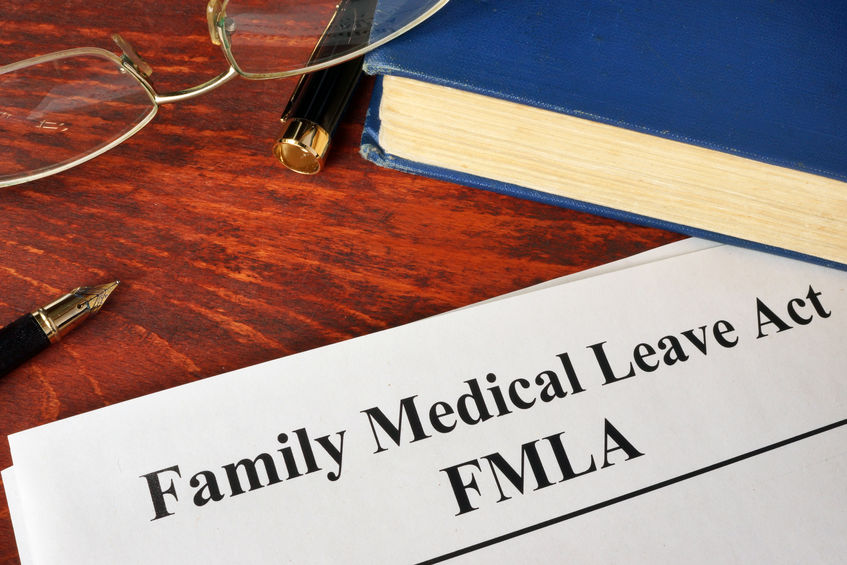 The U.S. Department of Labor recently issued a letter explaining certain employer practices that violate the Family and Medical Leave Act (FMLA).
The U.S. Department of Labor recently issued a letter explaining certain employer practices that violate the Family and Medical Leave Act (FMLA).
In case you did not know, the FMLA provides eligible employees unpaid, job-protected medical leave for up to 12 weeks (or 26 weeks if military related) in a 12-month period for an employee’s own “serious health condition” or a “serious health condition” of an immediate family member. An employee is eligible for the FMLA when they have been employed by an employer that has 50 or more employees within a 75-mile radius of the employee’s worksite and the employee has worked at least 12 months and 1,250 hours or more in a 12-month period.
The March 14, 2019 opinion letter answered two important questions related to an employer’s application of the FMLA that your employer may be getting wrong.
- CAN AN EMPLOYER DELAY DESIGNATING PAID LEAVE AS FMLA LEAVE? – NO.
An employer may not delay designating any paid time off you take for your or a family member’s serious health condition as FMLA protected. In other words, some employers may require employees to use accumulated paid sick time before the employer considers them on FMLA protected leave. The opinion letter considers this a no-no. Once you ask for FMLA leave, the employer cannot delay classifying your leave as FMLA protected—even if you prefer to do it that way. This does not mean that you cannot use any available paid time off during the FMLA leave so that you can get paid. It just means that the employer cannot delay your FMLA leave entitlement.
- CAN AN EMPLOYER PROVIDE MORE THAN 12 WEEKS OF FMLA LEAVE? – NO.
Employers are NOT permitted to provide more FMLA protected leave than permitted under the law. Whether you qualify for 12 weeks or 26 weeks (military related), that is all the job-protected leave you get under the FMLA. So, any leave you get past those 12 weeks is NOT job-protected leave under the FMLA—although you may be entitled to additional leave in certain circumstances under other laws or your employer’s policies. Keep in mind that any extra time off is not FMLA job-protected leave.
Be careful WHEN you request FMLA leave, because in some cases, timing is everything. Check with human resources on HOW your employer counts that 12-month leave period. There are different ways your employer can track your FMLA leave, such as on a calendar year (January 1 to December 31) method or on a rolling basis. You need to know how your company counts your FMLA leave in order to keep track of how much time you have used, and how much you have left.
If you have questions about whether you are entitled to FMLA or if your employer is violating one of these principles, we urge you to contact an employment lawyer.
Job Protected Leave: Know Your Rights – Family and Medical Leave Act of 1993 (FMLA)

